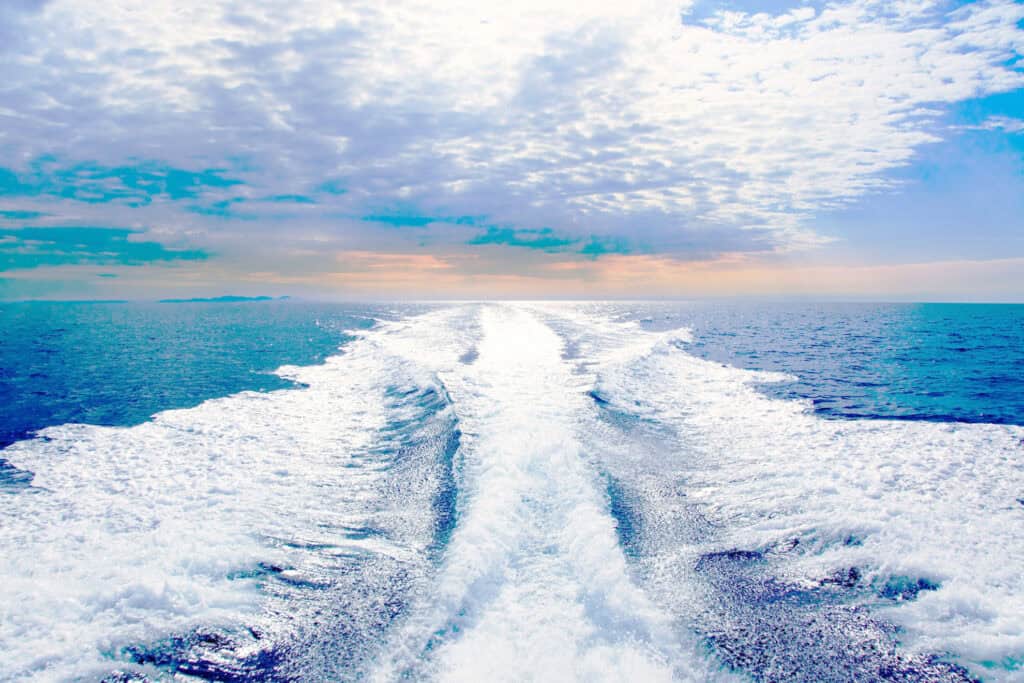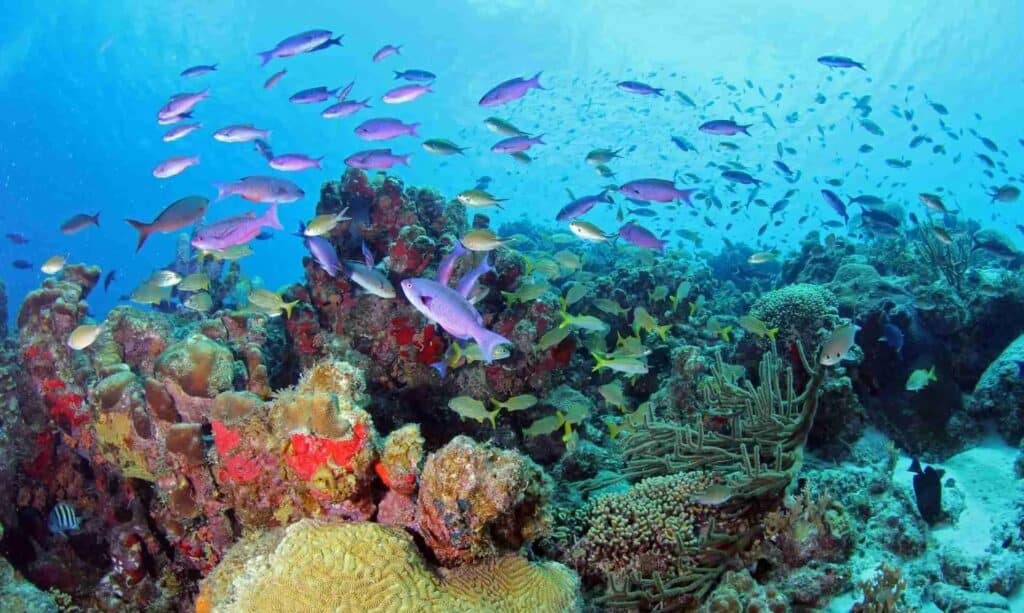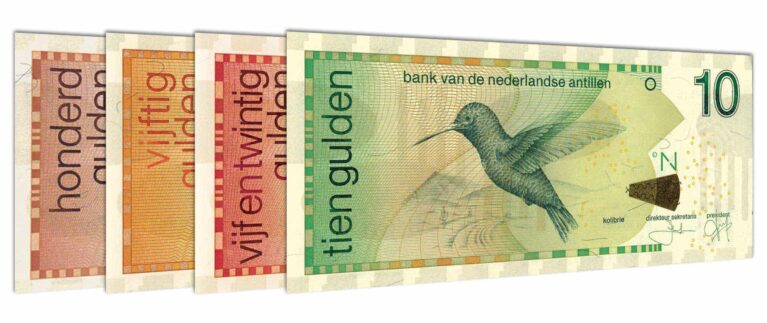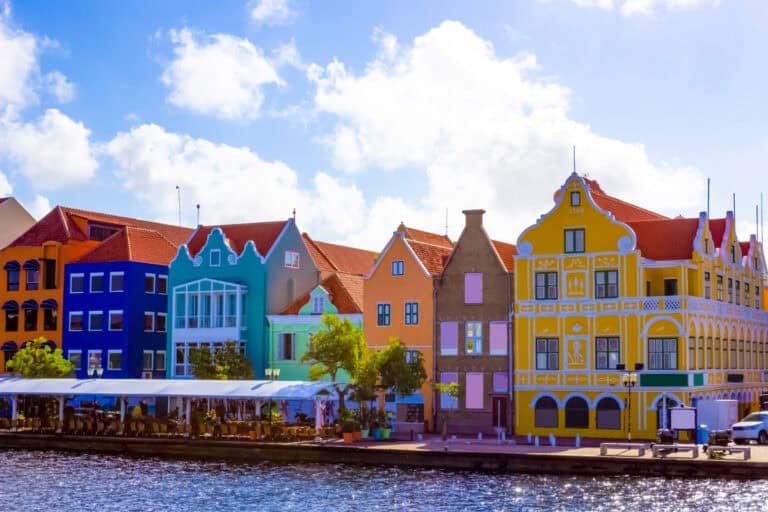
Is Curaçao part of the Netherlands?
Is Curaçao part of the Netherlands?
Are you planning a trip to Curaçao and wondering about its political status and relationship with the Netherlands?
What you need to know about Curaçao’s unique status
Curaçao is indeed connected to the Netherlands, but not in the way you might think. The island is an autonomous country within the Kingdom of the Netherlands, which means it governs its own internal affairs while the Netherlands handles defense and foreign policy. This arrangement began in 2010 when the Netherlands Antilles was dissolved, and Curaçao gained its current status alongside Aruba and Sint Maarten as constituent countries. The Caribbean Netherlands islands of Bonaire, Sint Eustatius, and Saba became special municipalities of the Netherlands itself.
Located in the southern Caribbean Sea near South America, Curaçao has been part of the Dutch Caribbean since the Dutch West India Company claimed it in the 17th century. The island’s history includes periods of Spanish exploration by Alonso de Ojeda and later involvement in the colonial slave trade. Today, Curaçao maintains strong ties to the Netherlands through shared citizenship, with King Willem-Alexander as head of state, yet operates with considerable independence in tourism, business, and local governance.
When you visit, you’ll notice this unique blend of Dutch influence and Caribbean culture everywhere from the colonial architecture of Fort Amsterdam to the vibrant streets of Willemstad.
Luxury car rentals in Curaçao
Experience transparent pricing and exceptional service with Rent Car Curaçao. Choose from luxury vehicles elevate your Curaçao adventure.
Understanding daily life and practical considerations
Beyond its constitutional structure, Curaçao’s connection to the Netherlands shapes everyday experiences for residents and visitors alike. From currency and transportation to historical landmarks and cultural institutions, the Dutch influence remains visible throughout the island while Caribbean traditions define its distinctive character.
Currency, commerce, and economic ties
You’ll use the Caribbean guilder (also called the Antillean guilder) as the local currency, which maintains a fixed exchange rate with the US dollar. Most businesses accept United States dollars readily, and you’ll find ATMs throughout Willemstad and tourist areas. The economic relationship with the Netherlands extends beyond currency to trade partnerships, with the island’s strategic location near the Maracaibo Basin and Lake Maracaibo making it historically important for regional commerce. The Panama Canal route also positions Curaçao advantageously within broader Caribbean region shipping networks.
Arriving and moving around the island
International flights arrive at Hato International Airport, which connects Curaçao to European destinations including the Netherlands, as well as throughout North America and the broader Caribbean. The airport sits near Tera Kora and provides easy access to resort areas. You’ll cross the iconic Queen Juliana Bridge spanning Sint Anna Bay when traveling between Punda and Otrobanda districts. This bridge offers panoramic harbor views and remains one of the tallest in the Caribbean, connecting the historic city center with western neighborhoods.
Historical landmarks reflecting colonial heritage
The island’s Dutch colonial past manifests in preserved fortifications like Fort Beekenburg, which complemented Fort Amsterdam in protecting the harbor from pirates and foreign powers during the 19th century. These structures tell stories of maritime defense and the West India Company era. You can explore neighborhoods like Santa Ana where residential architecture blends European design with tropical adaptations, showcasing centuries of cultural fusion that began when indigenous Indios Curaçaos first encountered Spanish and later Dutch colonizers.
Constitutional structure and governance
As one of four constituent countries within the Kingdom, Curaçao operates with considerable autonomy while sharing certain responsibilities. The island functions as one of three public bodies alongside Aruba and Sint Maarten, each maintaining separate governments distinct from the Caribbean Netherlands municipalities. This arrangement allows local control over tourism development, cultural preservation, and economic policy while benefiting from Dutch support in international relations and security matters within the broader Caribbean Sea context.
Cultural exports and regional identity
The island’s most famous export, Curaçao liqueur, represents the blend of Dutch entrepreneurship and Caribbean ingredients that defines local identity. Produced from laraha citrus peels, this blue-tinted spirit has achieved worldwide recognition. The phrase Curaçao Curaçao itself reflects the island’s distinctive position—simultaneously Caribbean in climate and culture yet European in administrative framework. Popular areas like Jan Thiel showcase this duality, offering beachfront relaxation alongside Dutch-influenced dining and infrastructure standards.
Geographic context and regional position
Located well outside the hurricane belt that affects islands near the Gulf of Mexico and Yucatán Channel, Curaçao enjoys relative safety from major storms. The island avoided significant damage even from powerful systems like Hurricane Flora that devastated other Caribbean territories. This geographic advantage, combined with proximity to South American markets and distance from typical storm tracks, has historically made Curaçao valuable for settlement and commerce. The distinction between Aruba Bonaire and Curaçao as the ABC islands highlights their shared Dutch heritage yet separate administrative paths since 2010.
Is Curaçao part of the Netherlands? - FAQ
What entertainment options does Campo Alegre offer visitors?
The Campo Alegre district in Willemstad offers unique nightlife experiences reflecting Curaçao’s diverse cultural heritage. This historic neighborhood features bars, live music venues, and restaurants where you’ll experience the island’s blend of Dutch administrative influence and Caribbean social atmosphere. Evening entertainment includes traditional Tumba music performances, international DJs, and waterfront dining options. The area remains popular with both tourists and locals seeking authentic nighttime experiences beyond typical resort settings. Most venues accept both local currency and US dollars, making transactions convenient for international visitors.
How did Spanish explorer Alonso de Ojeda discover Curaçao?
Spanish explorer Alonso de Ojeda arrived in Curaçao around 1499, becoming one of the first Europeans to document the island. He initially claimed the territory for Spain, naming it and establishing early contact with indigenous populations. The Spanish period lasted until 1634 when the Dutch West India Company seized control, beginning over three centuries of Dutch presence. Ojeda’s exploration connected Curaçao to broader European colonial networks, though Spanish influence remained minimal compared to the lasting Dutch cultural, architectural, and administrative legacies visible throughout modern Willemstad and surrounding areas today.
What role did the West India Company play in Curaçao's development?
The West India Company transformed Curaçao into a major Caribbean trading hub after capturing the island in 1634. This Dutch organization established Fort Amsterdam as administrative headquarters and developed the natural harbor at Sint Anna Bay into a strategic commercial port. The company’s involvement in the colonial slave trade brought thousands of enslaved Africans through Curaçao, profoundly shaping the island’s demographic composition and cultural identity. Economic activities centered on shipping, warehousing, and regional commerce rather than plantation agriculture, distinguishing Curaçao from other Caribbean colonies and establishing patterns that influence modern economic structures.
Can you explain what the Indios Curaçaos refers to?
The term Indios Curaçaos refers to the indigenous Arawak people who inhabited Curaçao before European colonization. These original inhabitants lived on the island for centuries, developing sustainable communities adapted to the arid Caribbean climate. When Spanish explorers arrived, they initially deported many indigenous people to work in Hispaniola mines. Later, some returned under Dutch rule, contributing to the island’s multicultural heritage. Today, their legacy appears in place names, archaeological sites, and cultural traditions that blend with African, Dutch, and other influences creating Curaçao’s distinctive identity within the broader Caribbean region.
Why is Curaçao sometimes referred to as being near the Maracaibo Basin?
Curaçao’s proximity to the Maracaibo Basin and Lake Maracaibo in Venezuela positioned the island strategically for regional trade and oil refining throughout the 20th century. Located just 40 miles from the South American coast, Curaçao developed oil refineries processing Venezuelan crude, becoming an economic powerhouse in the southern Caribbean. This geographic relationship near the South America mainland distinguishes Curaçao from more northern Caribbean islands, influencing everything from shipping routes to cultural connections. The island’s sheltered harbors provided ideal transshipment facilities for goods moving between Venezuela, the Panama Canal, and international markets.
What is the Caribbean Netherlands and how does it differ from Curaçao?
The Caribbean Netherlands consists of three islands—Bonaire, Sint Eustatius, and Saba—that became special municipalities (public bodies) of the Netherlands itself in 2010. Unlike Curaçao, which functions as an autonomous country within the Kingdom with its own government, these islands operate as direct parts of the Netherlands, similar to Dutch municipalities in Europe. They use the US dollar rather than the Caribbean guilder, follow Dutch law more directly, and send representatives to the Dutch parliament. This arrangement creates two distinct models of Dutch Caribbean governance, with Curaçao maintaining greater autonomy alongside Aruba Bonaire in constitutional structure.
How close is Curaçao to the Yucatán Channel and Gulf of Mexico?
Curaçao sits approximately 1,200 miles southeast of the Yucatán Channel and even farther from the Gulf of Mexico, positioning it well outside the primary hurricane formation zones that threaten islands in the northern Caribbean and North America coastal regions. This southern location near South America means Curaçao experiences far fewer tropical storms than destinations like Cuba, Jamaica, or the Bahamas. Even powerful hurricanes like Hurricane Flora that devastated other Caribbean territories in the 1960s left Curaçao relatively unaffected. This geographic advantage makes the island attractive for year-round tourism and real estate investment.
What significance does Fort Beekenburg hold in Curaçao's history?
Fort Beekenburg served as a crucial defensive fortification protecting Curaçao’s strategic harbor entrance alongside Fort Amsterdam during the colonial period. Built in the 18th century, this military installation guarded against pirates, privateers, and competing European naval powers attempting to capture the valuable port facilities. The fort’s position overlooking Sint Anna Bay allowed defenders to control shipping access to Willemstad’s inner harbor. Today, visitors can explore the partially restored structure, which offers historical insights into the Dutch rule period and the island’s importance in Caribbean maritime defense networks throughout the 19th century and earlier.
Is Santa Ana a good area to experience local Curaçao culture?
The Santa Ana neighborhood represents one of Willemstad’s most authentic residential districts where you’ll experience daily life beyond tourist areas. This historic quarter features traditional Caribbean architecture adapted with Dutch colonial influences, local markets, small family-run restaurants serving traditional dishes, and community gathering spaces. Walking through Santa Ana provides glimpses of how residents live, shop, and socialize away from beach resorts and cruise ship terminals. The area connects to downtown Willemstad via the Queen Juliana Bridge, offering convenient access while maintaining its distinctly local character and neighborhood atmosphere throughout the week.
What does the phrase Curaçao Curaçao mean to locals?
The repetitive phrase Curaçao Curaçao emphasizes the island’s distinctive dual identity as simultaneously Caribbean and European, tropical yet organized, relaxed while efficient. This expression captures how the island blends Dutch administrative systems, language, and governance with Caribbean rhythms, cuisine, and social traditions. Locals use this phrasing to highlight what makes their home unique compared to other Dutch Caribbean territories or independent Caribbean nations. It reflects pride in maintaining cultural authenticity while benefiting from constitutional connections to the Netherlands, creating an identity that’s thoroughly Caribbean yet distinctly different from neighboring islands throughout the region.
Discover the Wonders
of Klein Curaçao
Experience the untouched beauty of Klein Curaçao, a hidden paradise with stunning beaches and rich marine life. Perfect for snorkeling, diving, or simply relaxing in the sun.
Popular subjects
Luxury car rentals in Curaçao
Experience transparent pricing and exceptional service with Rent Car Curaçao. Choose from luxury vehicles elevate your Curaçao adventure.
Subscribe to our newletter
Discover the Wonders of Klein Curaçao
Experience the untouched beauty of Klein Curaçao, a hidden paradise with stunning beaches and rich marine life. Perfect for snorkeling, diving, or simply relaxing in the sun.

